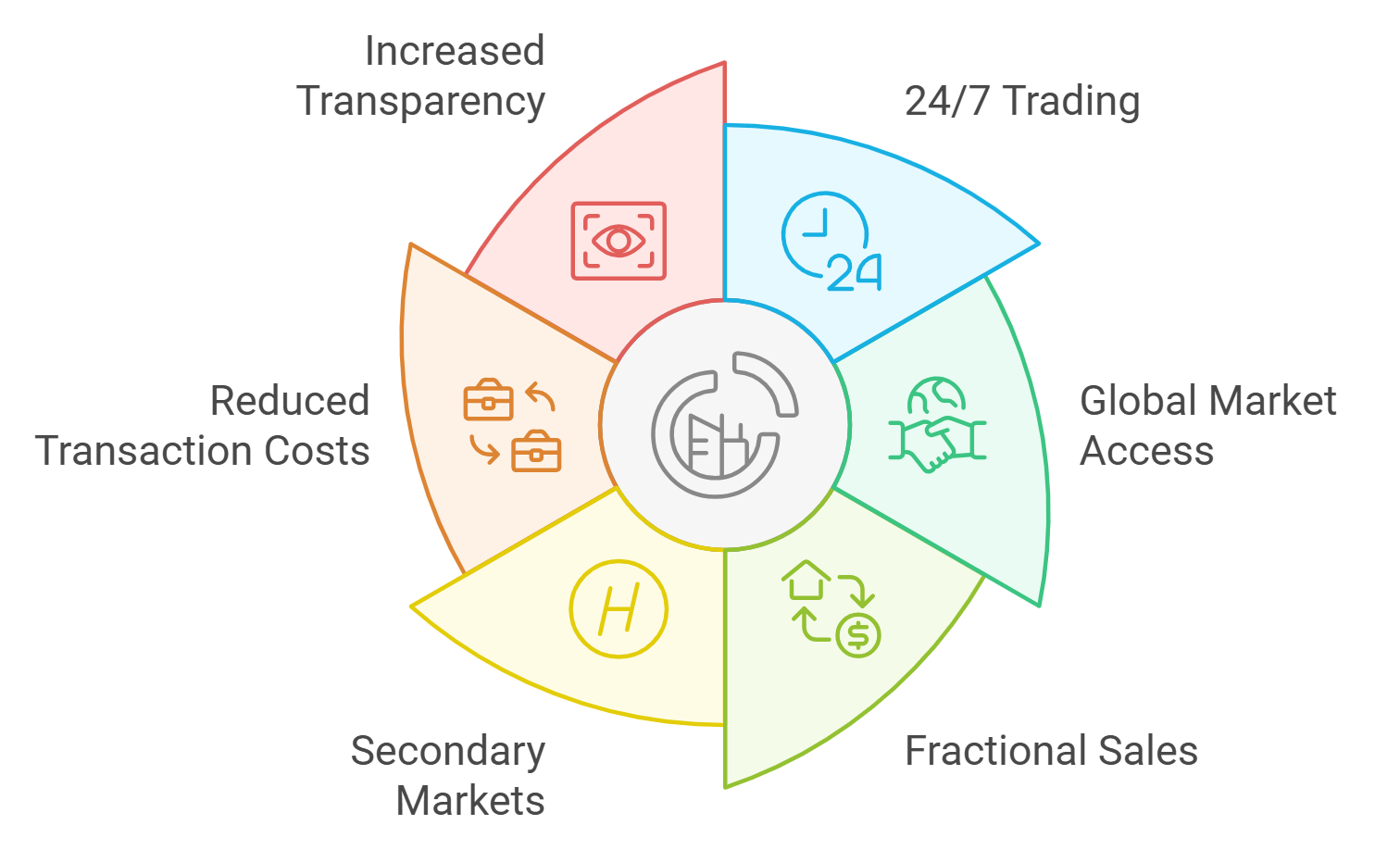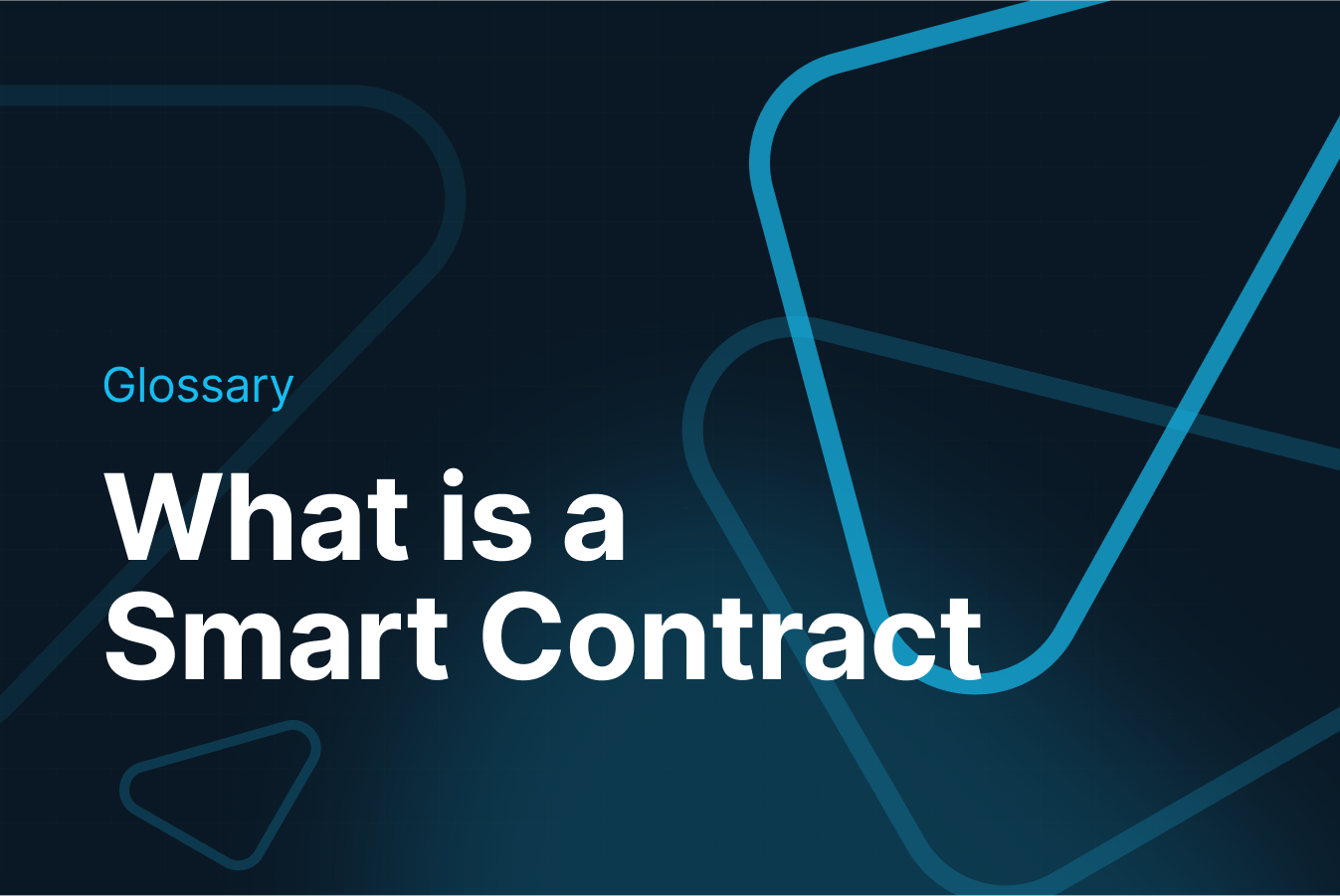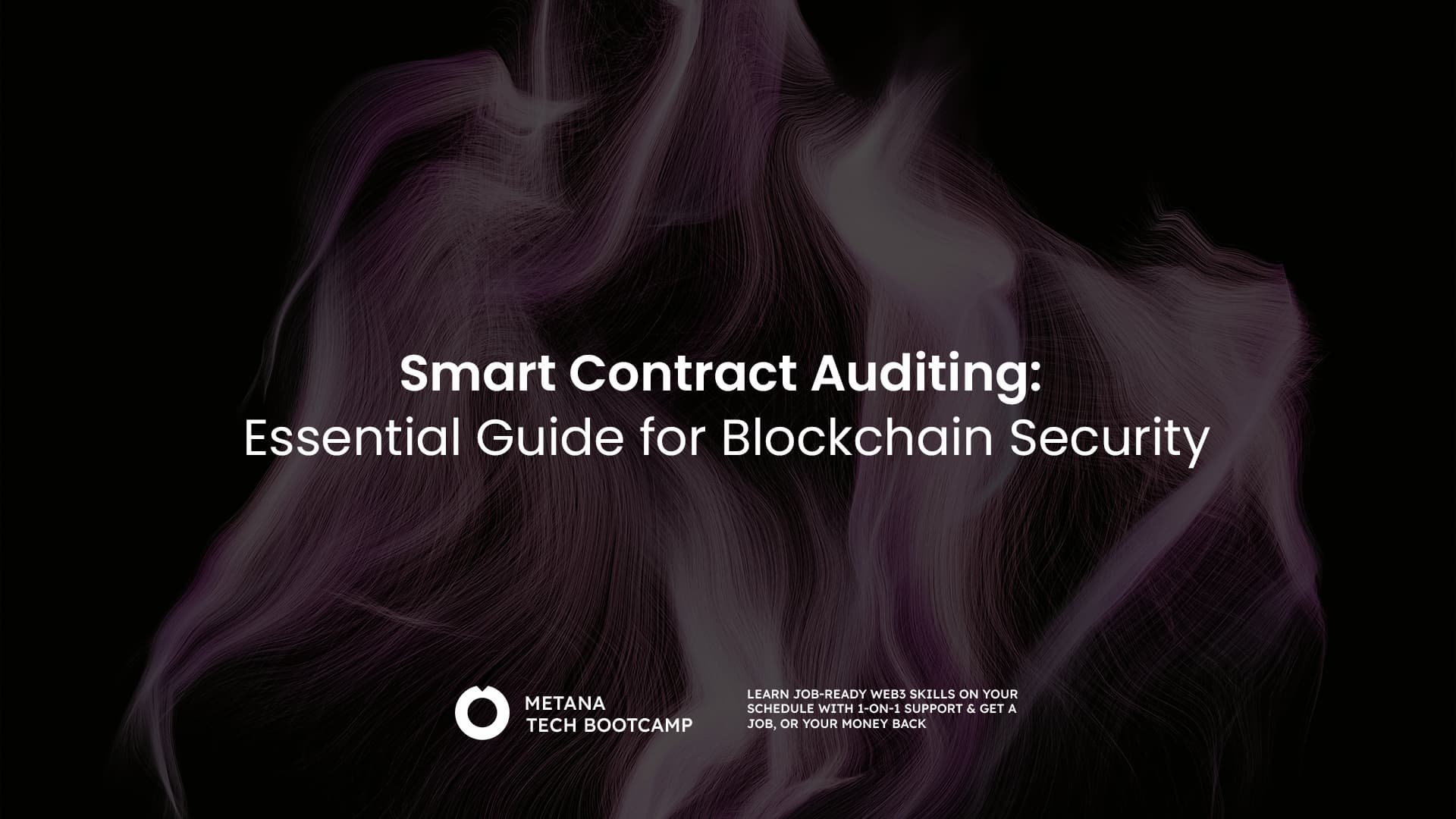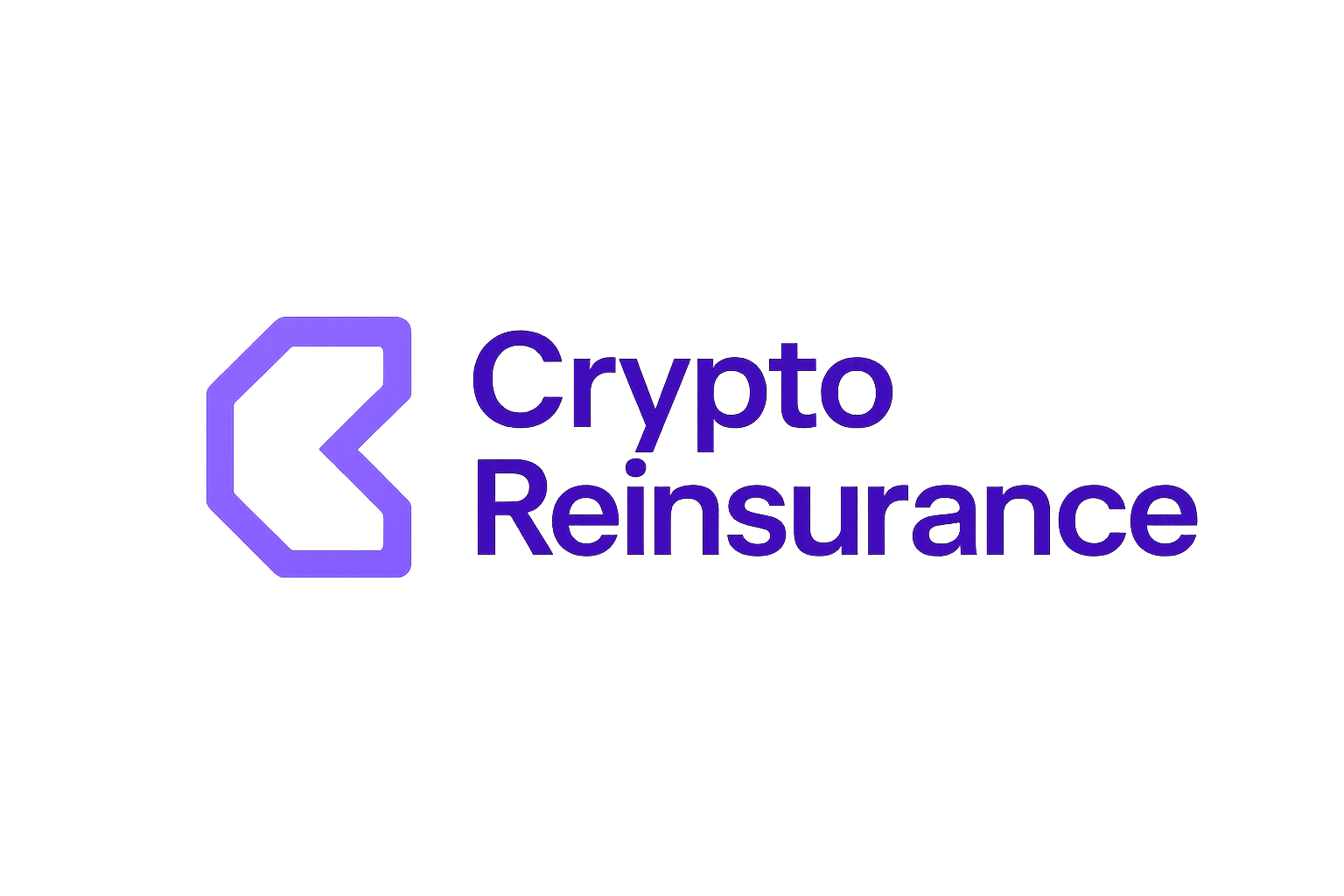
The reinsurance industry is undergoing a quiet revolution, as blockchain technology and tokenization unlock new ways to structure, trade, and audit risk transfer agreements. Tokenized reinsurance contracts are quickly gaining traction among insurers, reinsurers, and institutional investors who recognize the potential for greater liquidity, transparency, and operational efficiency. With platforms like Zoniqx and SurancePlus leading the charge, the market is evolving from a closed network of large players to an open ecosystem where capital can flow more freely.

Enhanced Liquidity and Market Accessibility
Traditional reinsurance markets have long been characterized by high barriers to entry and limited liquidity. Deals are often bespoke, illiquid, and accessible only to a select group of large institutions. By contrast, tokenizing reinsurance contracts using blockchain technology enables fractional ownership and 24/7 trading of reinsurance-backed tokens. This not only increases market liquidity but also democratizes access for a broader range of investors.
For example, platforms such as Zoniqx and SurancePlus structure tokenized reinsurance contracts as security tokens that comply with U. S. regulations like Reg D or Reg S. These tokens can then be listed on regulated digital asset exchanges, making it possible for qualified investors to buy or sell exposure to reinsurance risks in real time. This shift opens up the market beyond traditional players and allows new sources of capital to participate in risk transfer.
Key Benefits & Implementation Strategies of Tokenizing Reinsurance Contracts
-

Enhanced Liquidity and Market Accessibility: Tokenizing reinsurance contracts on blockchain enables fractional ownership and 24/7 trading of reinsurance-backed tokens, significantly increasing market liquidity and democratizing access for a broader range of investors.Implementation Strategy: Utilize compliant token issuance platforms such as Zoniqx or SurancePlus to structure reinsurance contracts as security tokens, ensuring adherence to relevant securities regulations (e.g., Reg D or Reg S in the U.S.), and list these tokens on regulated digital asset exchanges to facilitate secondary market trading.
-

Improved Transparency and Real-Time Auditing: Blockchain-based tokenization provides immutable, transparent records of contract terms, ownership transfers, and claims events, reducing information asymmetry and operational risk for all stakeholders.Implementation Strategy: Deploy smart contracts on public or permissioned blockchains (like Ethereum or Polygon) to automate contract execution and reporting; integrate real-time data feeds (oracles) for claims verification, enabling continuous auditability by regulators, cedents, and investors.
The result? A more engaged investor base, improved capital efficiency for cedents (primary insurers), and potentially lower costs across the value chain. As recent coverage highlights, converting reinsurance agreements into blockchain-based assets can attract more capital into the industry while offering investors direct access to alternative yield streams.
Improved Transparency and Real-Time Auditing
Transparency has always been a challenge in legacy reinsurance markets due to manual record-keeping, information asymmetry between parties, and complex claims processes. Blockchain-based tokenization addresses these issues by providing immutable records of contract terms, ownership transfers, and claims events on-chain. This drastically reduces operational risk for all stakeholders.
The implementation strategy here centers around deploying smart contracts on public or permissioned blockchains like Ethereum or Polygon. These smart contracts automate contract execution (such as premium payments or claims settlements) while integrating real-time data feeds, known as oracles, for claims verification. Regulators, cedents, reinsurers, and even end-investors can continuously audit contract performance without relying on periodic manual reporting.
This approach not only simplifies compliance but also builds trust among participants by making every step in the contract lifecycle transparent yet secure. As noted in recent industry analyses (see Shieldoria’s overview), immutable ledgers are rapidly becoming essential tools for reducing disputes and accelerating settlements in complex insurance arrangements.
How Tokenized Reinsurance Contracts Work in Practice
Let’s break down how these innovations come together in real-world deployments:
- Issuance: A reinsurance contract is drafted and legally structured as a security token, utilizing compliant issuance platforms such as Zoniqx or SurancePlus. Regulatory requirements (e. g. , Reg D/Reg S in the U. S. ) are addressed from the outset, ensuring tokens represent real economic interests in underlying risk portfolios.
- Smart Contract Deployment: The contract terms are encoded into smart contracts on a blockchain like Ethereum or Polygon. This code governs premium flows, loss triggers, and payout mechanics, reducing manual intervention and increasing transaction speed.
- Token Listing and Trading: Once issued, tokens can be listed on regulated digital asset exchanges. Investors can acquire fractional exposure to reinsurance risks, with secondary market trading available 24/7, unlocking liquidity that was previously unimaginable in this sector.
- Ongoing Auditability: Claims data is fed into the blockchain via oracles, updating the smart contract state in real time. Investors and regulators have continuous access to transparent records of performance, ownership changes, and settlement events.
This process is already being piloted by industry leaders. For example, Hannover Re’s collaboration with Schroders Capital to tokenize insurance-linked securities demonstrates how capital markets can directly interact with risk pools using blockchain rails (details here). Meanwhile, OnRe’s ONe token has provided investors with direct exposure to reinsurance returns, all while maintaining regulatory compliance and on-chain transparency.
Challenges and Considerations
While the benefits are compelling, successful implementation of tokenized reinsurance contracts requires careful navigation of legal frameworks and technical risks. Jurisdictional differences in securities law mean that issuers must work closely with legal advisors to structure offerings appropriately. Robust smart contract development is essential to prevent vulnerabilities that could be exploited by bad actors or lead to unintended financial consequences.
The integration of reliable oracles for claims verification remains a technical challenge, accuracy and timeliness are paramount for maintaining trust in automated settlements. Market education will also play a critical role; insurers, reinsurers, regulators, and investors need clear guidance on how these new models function and what protections exist for participants.
The Road Ahead: Building a Resilient On-Chain Reinsurance Ecosystem
The momentum behind blockchain insurance tokenization is accelerating as more stakeholders recognize its transformative potential. By focusing on enhanced liquidity through compliant token issuance platforms, and improved transparency via real-time auditing mechanisms, the industry can create a more resilient ecosystem where capital flows efficiently and risks are managed transparently.
The next phase will likely see increased standardization of smart contract templates for common reinsurance structures, deeper integration with DeFi protocols for collateral management and trading, and expanded secondary markets that further democratize access to this alternative asset class.
Key Benefits & Implementation Steps for Tokenized Reinsurance
-

Enhanced Liquidity and Market Accessibility: Tokenizing reinsurance contracts on blockchain enables fractional ownership and 24/7 trading of reinsurance-backed tokens, significantly increasing market liquidity and democratizing access for a broader range of investors.Implementation Strategy: Utilize compliant token issuance platforms such as Zoniqx or SurancePlus to structure reinsurance contracts as security tokens. Ensure adherence to relevant securities regulations (e.g., Reg D or Reg S in the U.S.), and list these tokens on regulated digital asset exchanges to facilitate secondary market trading.
-

Improved Transparency and Real-Time Auditing: Blockchain-based tokenization provides immutable, transparent records of contract terms, ownership transfers, and claims events, reducing information asymmetry and operational risk for all stakeholders.Implementation Strategy: Deploy smart contracts on public or permissioned blockchains like Ethereum or Polygon to automate contract execution and reporting. Integrate real-time data feeds (oracles) for claims verification, enabling continuous auditability by regulators, cedents, and investors.
The winners will be those who embrace innovation while respecting regulatory boundaries, leveraging technology not just for efficiency but also for building trust across an increasingly diverse set of market participants. As always in risk management, transparency is not just an advantage; it’s an imperative for sustainable growth in the era of on-chain contract benefits.






